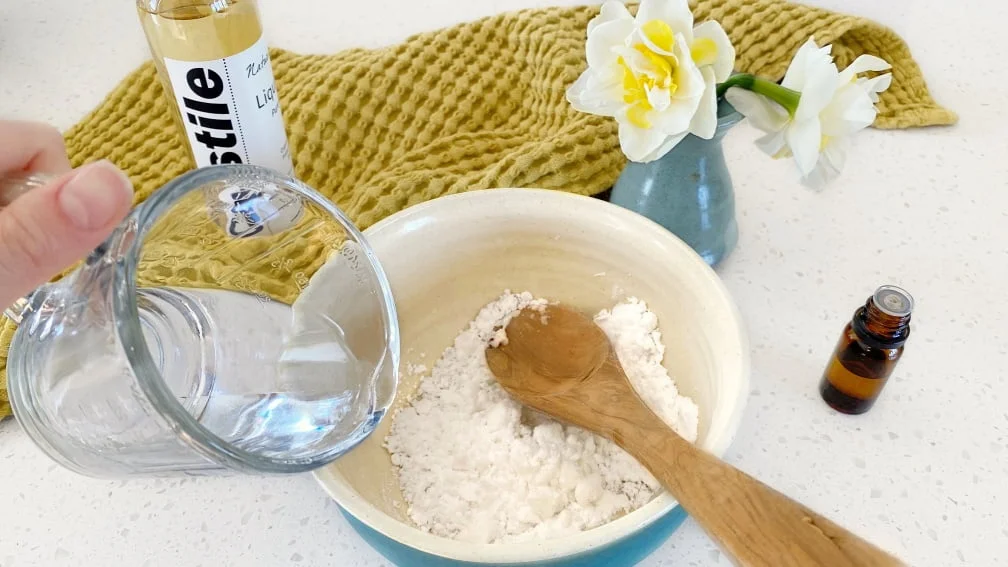Discover
How to sell plants from your home. Turn potted plants into money makers!
From monsteras to pothos, propagation is bringing in cash for plant lovers – with just the snip of a leaf.
Last updated: 22 May 2023
What you’ll learn:
What is propagation?
The most profitable plants to grow and sell
Not all plants are created equal when it comes to selling for profit.
How to propagate your plants: cuttings
1. Making the cut
2. Growing the roots
3. Planting
There are two common techniques for propagating plants.
How to propagate your plants: division
Taking good photos of your plants is key to selling them online.
How to sell plants from your home
1. Timing
You can sell indoor plants at all stages of the propagation journey.
2. Listing details
3. Additions
Little added touches, like a hand-written note, can go along way to turning buyers into repeat customers.
How to ship plants in Aotearoa New Zealand
Other articles you might like










